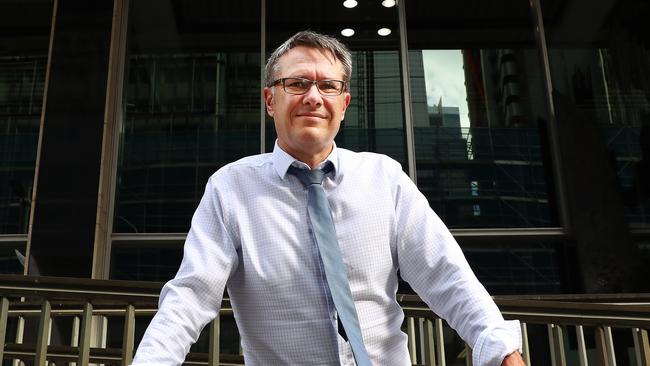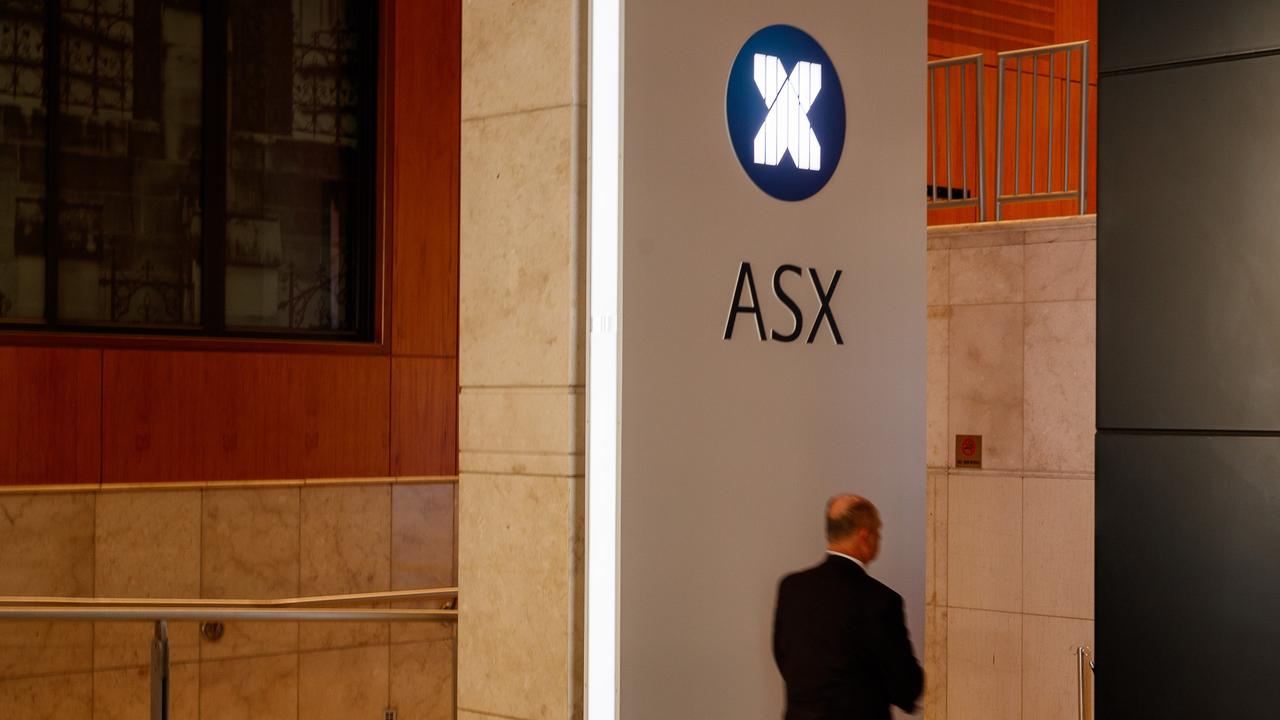Reserve Bank paves way for further cuts in official interest rates
In a major speech, the Reserve Bank paves the way for further cuts in official interest rates and an economic cash injection.

The Reserve Bank has paved the way for further cuts to the official interest rate and could even resort to quantitative easing — “printing money” to buy government bonds — to ward off a potential downturn.
In a major speech last night, RBA deputy governor Guy Debelle declared the central bank was prepared to “go fast, go hard and not die wondering” by stimulating the economy — a nod to the Rudd government’s $52 billion cash injection to insulate against the global financial crisis.
He also warned that a lending slowdown could hurt the economy, in a sign the bank is fretting about the potential fallout from an emerging slump in house prices. “There is a risk that a reduced appetite to lend will overly curtail borrowing with consequent effects for the Australian economy,” Dr Debelle said.
Noting the Reserve Bank had “repeatedly” said the next move in interest rates was more likely up than down, Dr Debelle said there was “still scope for further reductions in the policy rate”.
“It is the level of interest rates that matters and they can still move lower,” he added, in remarks that could foreshadow a sharp reappraisal of the outlook by the Reserve Bank board when it next meets in February, after the summer break.
The official interest rate has been unchanged since August 2016, when former governor Glenn Stevens reduced the cash rate to a record low of 1.5 per cent — the final in a series of cuts that has seen the rate fall from a 10-year peak of 4.75 per cent in late 2011.
The plain-speaking Dr Debelle, a currency and bond market veteran, said the Reserve Bank was also prepared to create new money to buy government bonds from private banks, a policy pursued vigorously — and controversially — by central banks in the US, Japan and Europe to try to keep interest rates low.
“Quantitative easing is a policy option in Australia, should it be required,” he said, adding it could be even more effective here than abroad because of the scarcity of Australian government bonds.
His comments come against a backdrop of deteriorating economic data: house prices and building approvals have been falling, while the national economic growth rate dropped from 3.4 per cent to 2.8 per cent, it emerged this week, surprising economists.
Analysts at rating agency Fitch said yesterday the Reserve Bank’s growth forecasts were “overly optimistic”.
“We are bearish on the Australian economy, which differs sharply from the RBA’s upbeat outlook,” it said, dumping its expectation the RBA would lift rates any time in 2019. Speaking at the Australian Business Economists’ annual dinner, Dr Debelle said the federal government had room to borrow and spend to stimulate the economy, if needed.
“Fiscal space is really important; we still have that in Australia,” he said, backing former treasurer Wayne Swan’s controversial $52bn fiscal stimulus of late 2008 and early 2009, which gave $900 payments to households, help for first-home buyers, discount roof insulation and a school hall building boom.
“Fiscal stimulus in Australia in my view was absolutely necessary and was a critical factor behind Australia’s good economic outcomes,” Dr Debelle said.
Adam Boyton, chief economist of the Business Council of Australia, said maintaining fiscal “firepower” was critical. “When it comes to the budget, that means not just getting back into surplus but reducing debt too,” he said.
In a speech that focused on the perils of excessive debt and leverage, Dr Debelle said the jury was still out on how much was too much. “We still don’t really have a great handle on what level of leverage is dangerously excessive for governments, households, banks and corporates,” he said. “Leverage significantly magnifies the effect of any shock that hits the economy; it might not start the fire, but it will pour petrol on a burning platform.’’
Standard measures of household leverage, which showed total mortgage debt was 27 per cent of the value of housing in June, could provide false comfort, he suggested. “(They are) very much dependent on the value of the denominator, house prices in this case, and we know they can decline quite rapidly,” he said.
The similarity of the big four banks, reeling in the wake of the financial services royal commission, was “not so obviously beneficial”, leaving the door open to ideas that they should maintain higher levels of capital.
“Their similar behaviour and similar reaction functions to events such as falling house prices run the risk of amplifying the downturn in the housing market,” Dr Debelle said.
“Those such as Anat Admati still make the argument that further reduction in leverage is necessary.’’
Stanford’s Professor Admati slammed the banking regulator APRA in The Australian this week for “outrageously inadequate” minimum capital standards.



